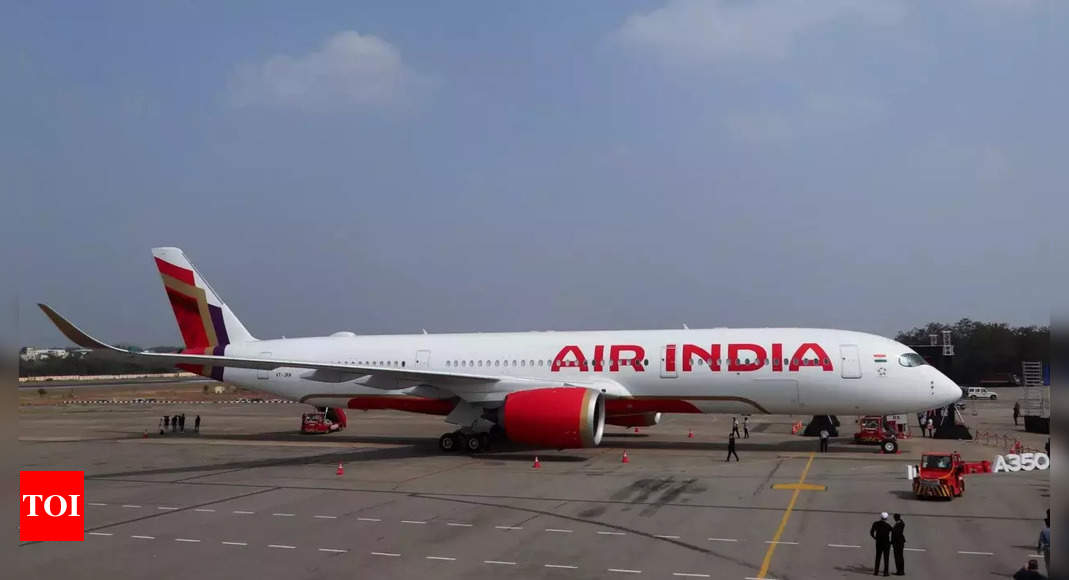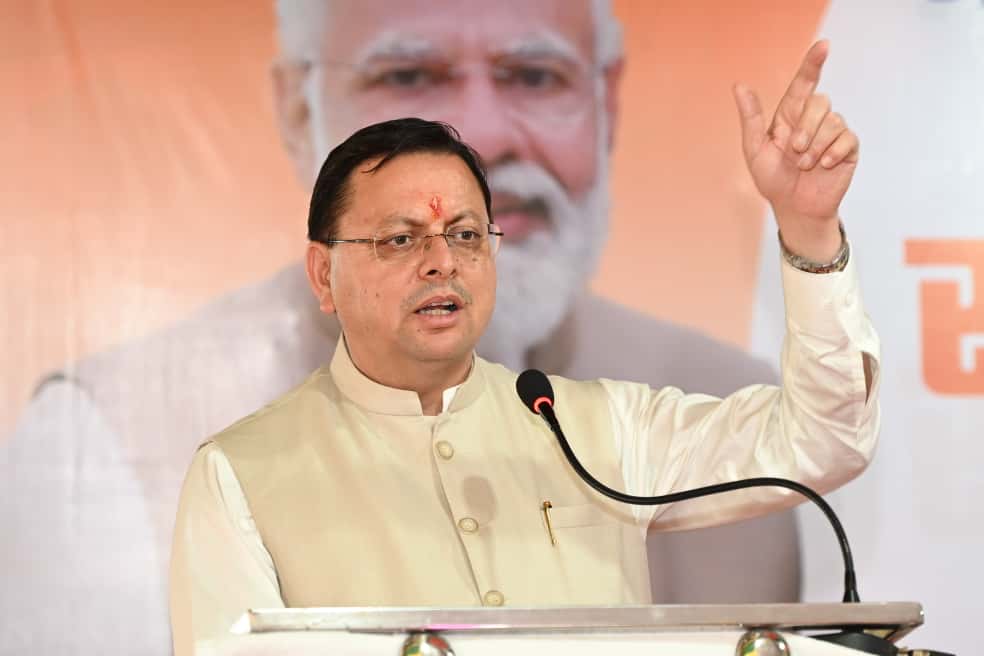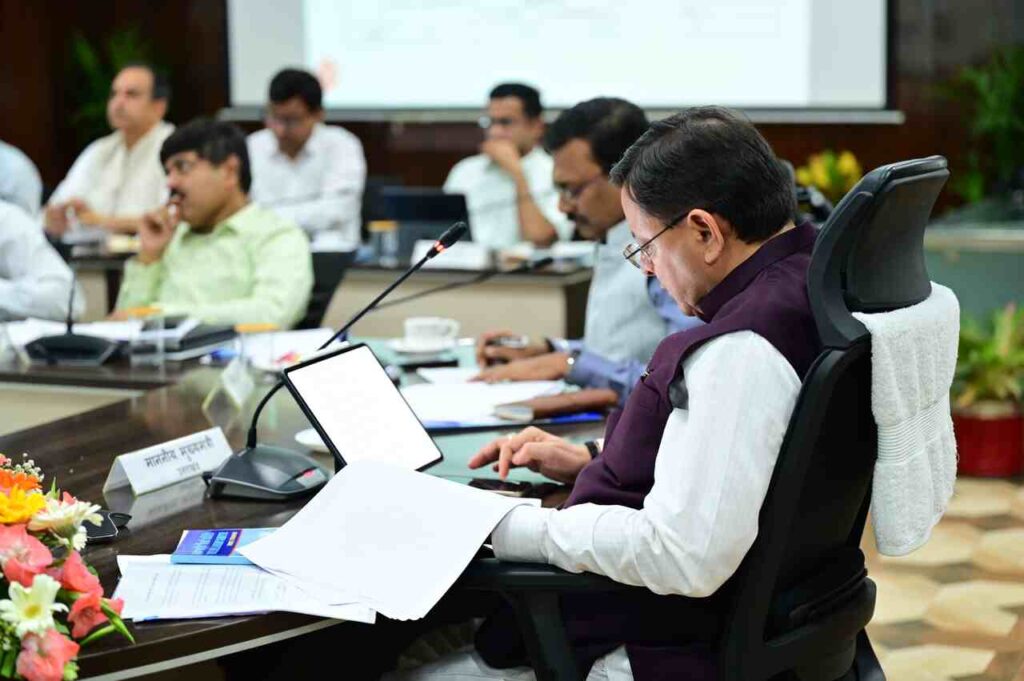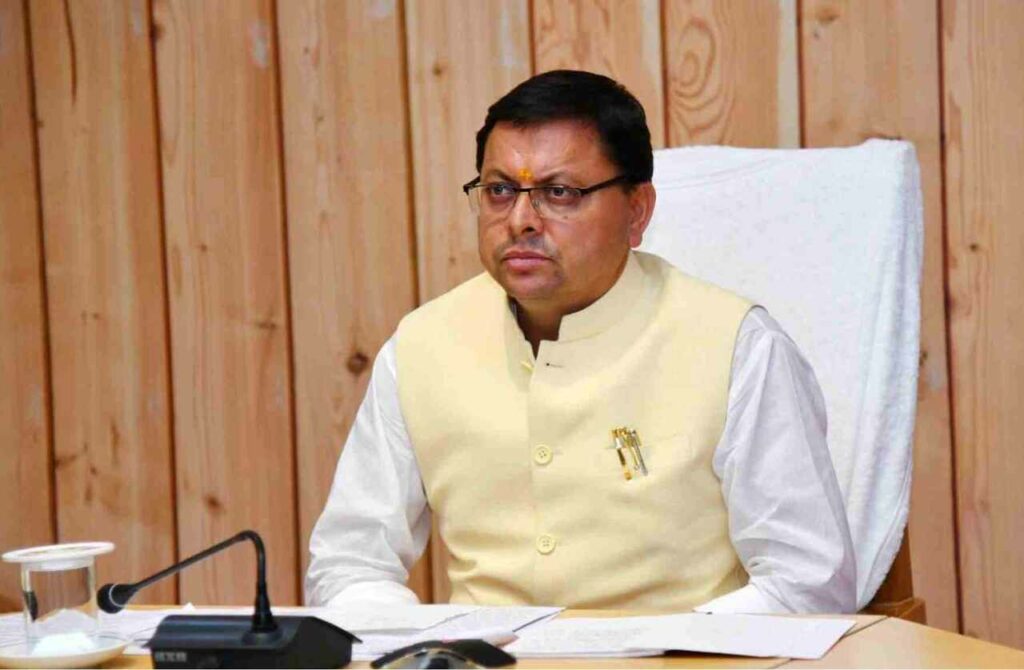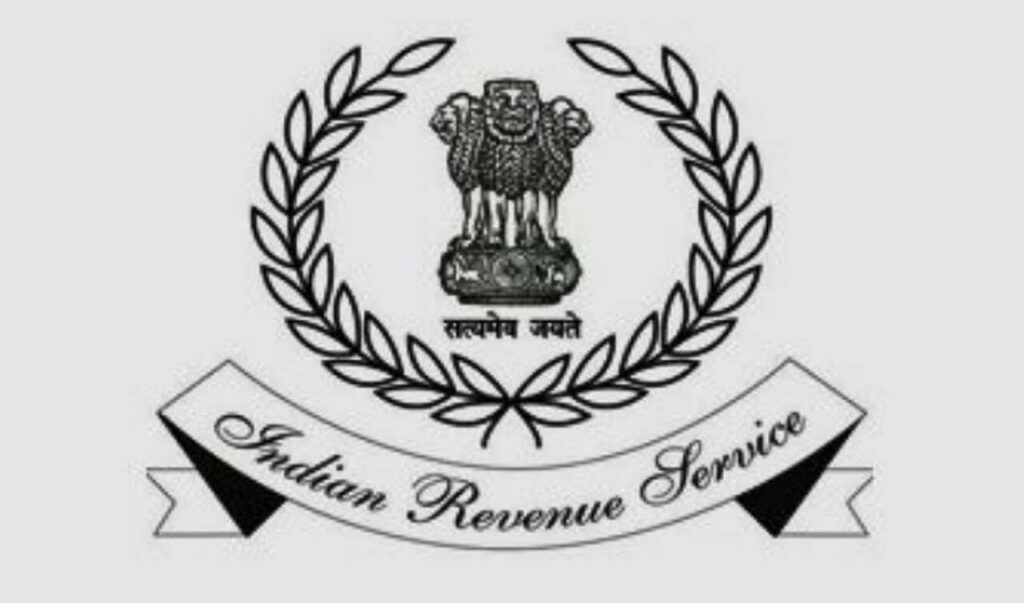In a recent interview with ET, Satya Ramaswamy stated that Air India expects to catch up with global leaders such as United Airlines and Singapore Airlines by April this year. The focus will be on providing hassle-free booking, real-time updates, multilingual support, and improved accessibility for people with disabilities. The airline’s website, which handles a million visits every month, will be at the forefront of these enhancements, he said.
Since taking over the carrier from the government, the aviation-to-automobile conglomerate has been addressing various challenges. These include an inflated workforce, an outdated product, a 20-year-old technology-based website, a white-labeled mobile application, and an aging fleet that was not connected to any digital database.
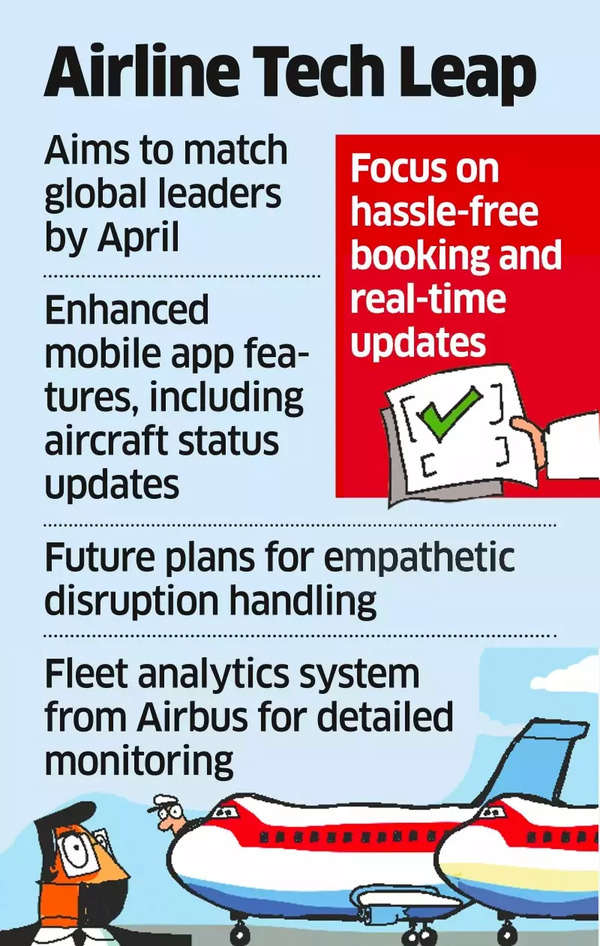
Air India tech leap
To identify areas for improvement, Ramaswamy’s team meticulously recorded passenger complaints for several months. As a result, the mobile application now provides features that allow passengers to track the status of the aircraft assigned to their flight, thereby reducing anxiety while waiting for its arrival.
Ramaswamy mentioned that United Airlines already offers a similar feature.
Recently Union aviation minister Jyotiraditya Scindia inaugurated India’s and Air India’s inaugural Airbus A350 aircraft (VT-JRA) at Wings India 2024. Air India is set to receive six A350s by May. These aircraft will initiate commercial service on domestic flights starting January 22, 2024, and subsequently transition to international routes—a standard procedure for new plane types entering service in a country per regulatory requirements.
The A350 features powerful and fuel-efficient Rolls-Royce Trent XWB engines, boasting a range of up to 9,700 nautical miles (18,000 km), facilitating nonstop flights from India to North America and Australia.
Air India’s A350-900 accommodates 316 seats in a three-class cabin configuration, including 28 business class “private suites” with direct aisle access and sliding privacy doors.


